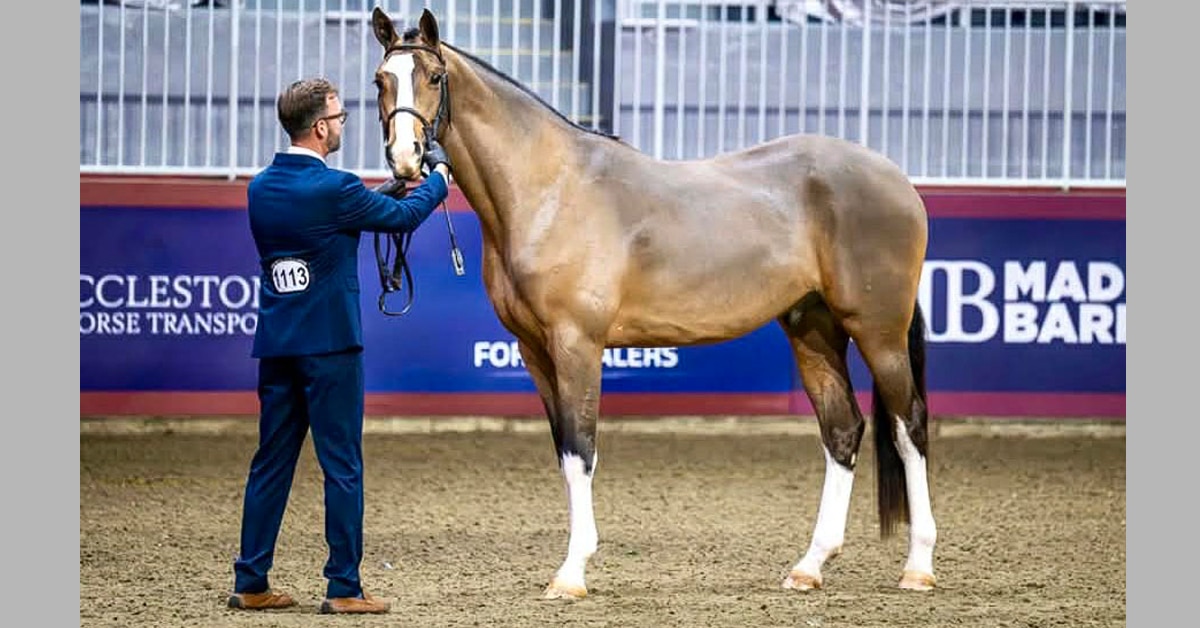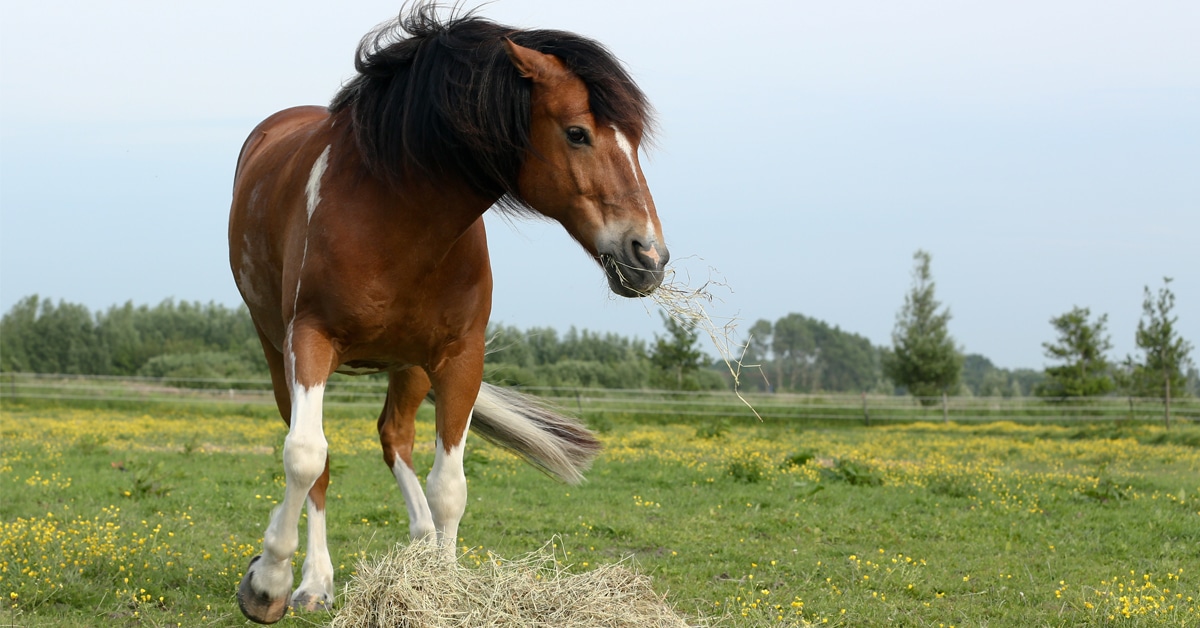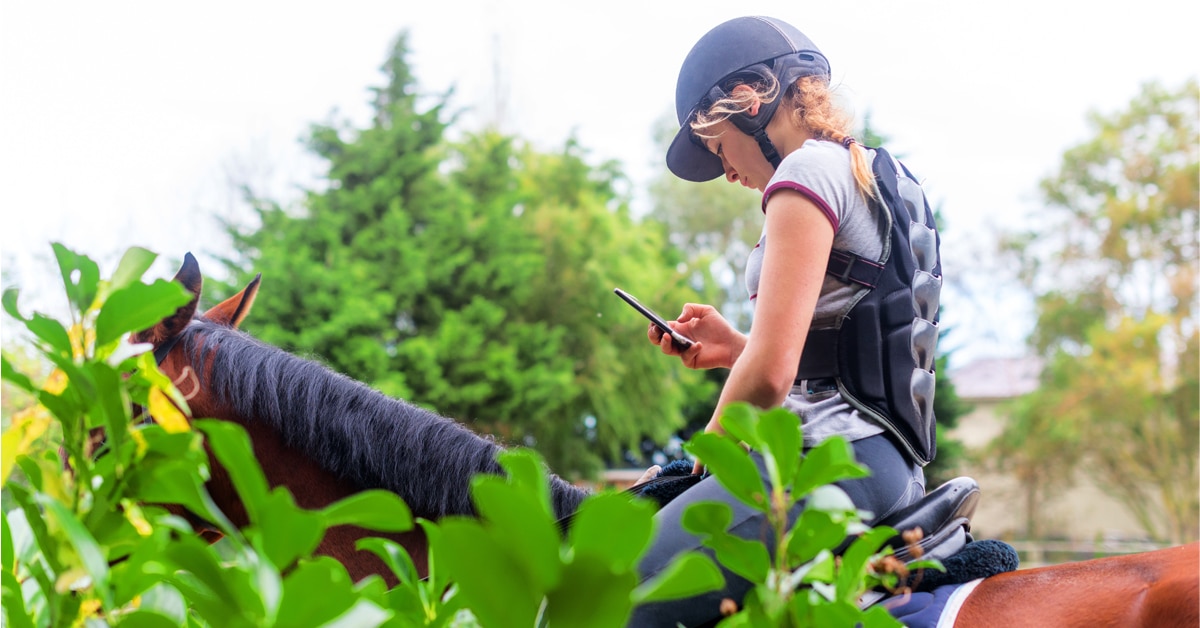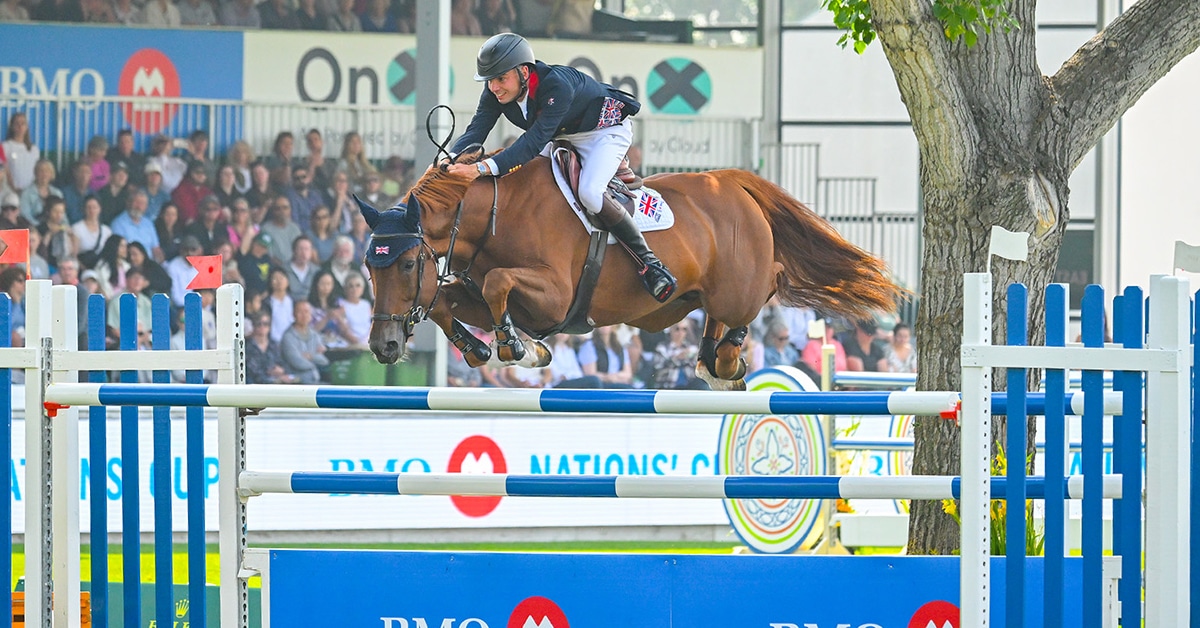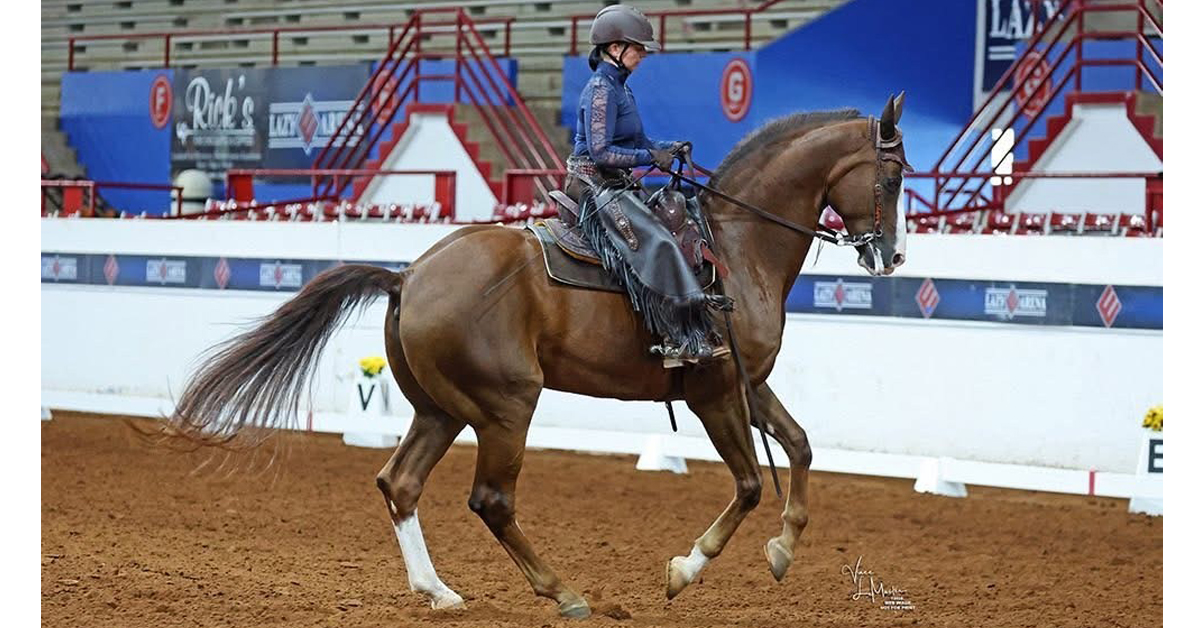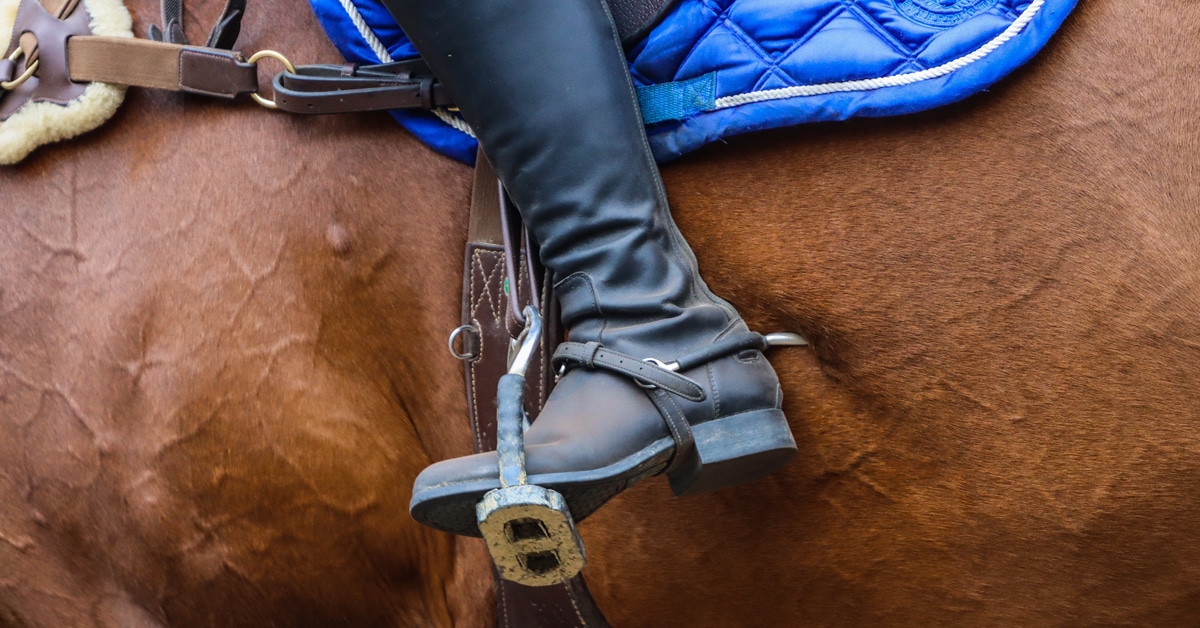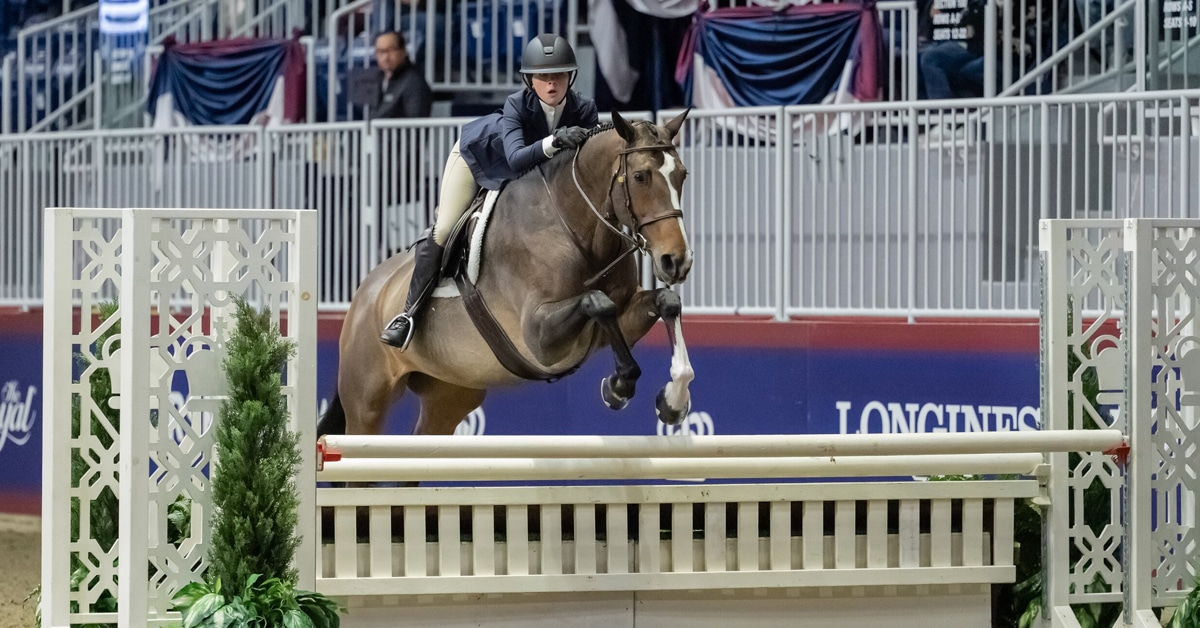Whether a two-horse string for beginners or a stable of school masters for serious amateurs, there is considerable value to a good lesson horse. But a thriving equine business means instructors are juggling stable and staff management while training their own and clients’ horses, so there’s limited time for schooling the lesson string. What are the payoffs for instructors to add re-training of school horses to an already packed schedule?
Arguably, sound risk management practices are payoff enough. Challenging horse behaviours can compromise students’ safety and learning, as well as increase liability for instructors. Professional riders often describe a litany of sins committed by their first lesson horse, from bucking to biting to bailing at jumps. However, what reads as an amusing remembrance could have ended differently. As an accident-prone sport, (depending on which survey you read) riding is ranked 10th overall, but second with regard to seriousness of injuries. Evidence shows that in developed countries, horses accidentally kill more people each year than any other animal. How do instructors keep lesson horses well trained as an investment not only in safety, but in their businesses’ reputation and longevity?
Creating the Cranky Little Pony
Understanding what causes a problem is the quickest route to solving it. In Equine Behaviour: A Guide for Veterinarians and Equine Scientists, Australian equine behaviourist Paul McGreevy suggests the unmet social needs of horses, exacerbated by isolated stabling and turnout, increase the likelihood of unwanted behaviour in training. Danish researcher and veterinarian Jan Ladewig concurs; at a recent conference, he explained, “The better the welfare of a horse is, the safer it is to handle and to ride … their physical and behavioural needs must be fulfilled, particularly their need for full contact with conspecifics [members of the same species] in the great outdoors.”
From her perspective on the ground, Canadian Sheila Wright of Stoneheart Equestrian agrees. She’s been watching lesson horses for years as her daughter cultivated her riding talent through a series of barns. “I remember one little grey pony,” Wright says. “He was so patient with all levels of riders and made each lesson a fun and positive learning experience. The lesson horses at this barn were turned out daily as a herd, their body weight and hooves were maintained. If there was any hint of soreness, they were not used in lessons. At another stable, the horses were kept in a dark, windowless barn in box stalls that were not cleaned properly. They were not fed adequately and their turnout was very limited. Their energy level, temperament, and behaviour were vastly different.”
But unwanted behaviour is not just about lack of turnout. “The major problems that domestic horses have is what humans do to them.” notes the Australian Equine Behaviour Center website. Operated by world-recognized equitation scientist Andrew McLean, the center advocates the use of learning theory (habituation, positive and negative reinforcement*) to create reliable responses to consistent aids. However, if learning theory is central to humane training, worrying research published in 2008 by McGreevy and Amanda Warren-Smith found accredited riding instructors in Australia unfamiliar with the concepts. And regardless of who’s in the saddle, a horse being ridden is a horse being trained.
What happens when the primary rider is a beginner? McGreevy adds poor riding technique and lack of understanding about how horses learn to the list of reasons why horses acquire “unwelcome behavioural responses.” In Equitation Science, he and McLean write, “Effective trainers are clear and consistent in their signals … Effective training relies on timing and consistency. Detraining can take the form of inconsistency and variable timing.”
Speaking at a 2013 clinic in British Columbia, FEI dressage judge Anne Gribbons noted, “Be careful in training to be crystal clear; when you contradict yourself, the horse gets nervous or angry. A confused and frightened horse is a dangerous horse.” Of the human causes of dangerous behaviour in horses, those most likely to create the clichéd ‘sour’ lesson horse are poor balance and timing, misapplication or amplification of aids and punishing fear responses – the calling cards of the beginner rider.
Lesson Horse Rehab
Where does this internationally-recognized puzzle leave the lesson horse? Luckily, in Belgium, Marc Pierard, PhD candidate and co-founder of the Belgian Center for Equitation Science, has connected all the dots. He believes simple horsekeeping changes and regular groundwork help lesson horses maintain their good behaviour, their sanity, and their riders’ safety.
Pierard, who holds a life-long fascination for horses, discovered his passion for equine research in 2006 when he attended his first International Society for Equitation Science (ISES) conference in Milan. A colleague of McLean and McGreevy on past ISES governing councils, he has since conducted research related to both the group housing and the retraining of lesson horses.
What’s the cachet about the lesson horse for Pierard? “The reason why I feel this is so important is that this is where children learn to ride; it’s their foundation for the rest of their lives,” he says. “This is one of the most challenging positions for a horse to be in – a lesson horse for beginners. I feel sorry for horses that endure ten lessons or more a week with someone different on their backs all the time, people with no balance, pulling on their mouths.”
In 2008, Pierard pushed his first traditional lesson horse-keeping envelope. “I kept hearing from people that horses would kick, injure and kill each other if housed together. I wanted to study horses that were used for lessons and being sold or moved about to different places and put in different groupings … I found a very low incidence of aggression and no injuries whatsoever when horses were placed in group housing.” However, he notes with badly-socialized horses in small paddocks, the results could be quite different.
After completing his project on group turnout, Pierard’s interest in lesson horse welfare continued. In 2012, he conducted research on the effect of groundwork training according to learning theory (see sidebar) on unwanted equine behaviours. He defined these as head-tossing and shaking, pulling reins from riders’ hands, head held high or behind the vertical, biting and kicking at the rider or the whip, tail swishing, bucking, rearing, shying, changing directions without the rider’s request, bolting and refusing.
Working with eight active riding school horses used for beginner riders, Pierard used a halter, dressage whip, and groundwork exercises to retrain the aids beginning riders use: go, stop, turn, yield, and stand. Understanding that lesson horses frequently have negative associations with bit pressure, he introduced the bridle later in the training. Before beginning with all horses, Pierard habituated them to the gentle touch of the whip so its frequent misuse as a means of positive punishment did not compromise his correct use of it as an extension of the rider’s aids.
The horses continued their daily use in the school ring while the research was conducted. In 20-minute sessions held once per week per horse, Pierard was able to show a statistically significant reduction in unwanted behaviours for five of the eight horses. He is quick to note that not all horses improved. After Pierard’s training, some horses’ unwanted behaviours increased when again subjected to riders’ heavy aids. But for lesson horse welfare, Pierard believes his research proves that with no special equipment or loss of revenue, a minimal investment in time and basic learning theory knowledge, instructors can improve student safety and quality of learning while keeping their horses sane.
Business Theory Based on Science
When asked why his groundwork training program works, Pierard says, “The effect of the groundwork seems to create a form of generalization. When the rider approximates the aids trained in the groundwork, the horse responds correctly. This makes things easier for the rider. They learn they don’t have to use big gestures to get the horse going. The horse is more responsive and this helps the rider learn to be subtler with their aids, to be more balanced and to make fewer mistakes. This makes the horse calmer, as he has less confusion. This calmness causes less fear in the rider – what a great positive feedback loop!”
Looking ahead, Pierard suggests that progressive barns can create a “gold standard” for lesson horse welfare. In addition to implementing group turnout to satisfy equine social needs, savvy barn owners and instructors can easily train staff to use simple learning theory-based groundwork exercises while handling horses. Basic aids can be reinforced by staff using groundwork while leading horses to and from turnout. As a best practice, students should also receive this training as they bring horses in to tack up.
That scientific formula for success? It’s the condensed version of Pierard’s positive feedback loop: better horses plus better students equals better business.
The Latest
